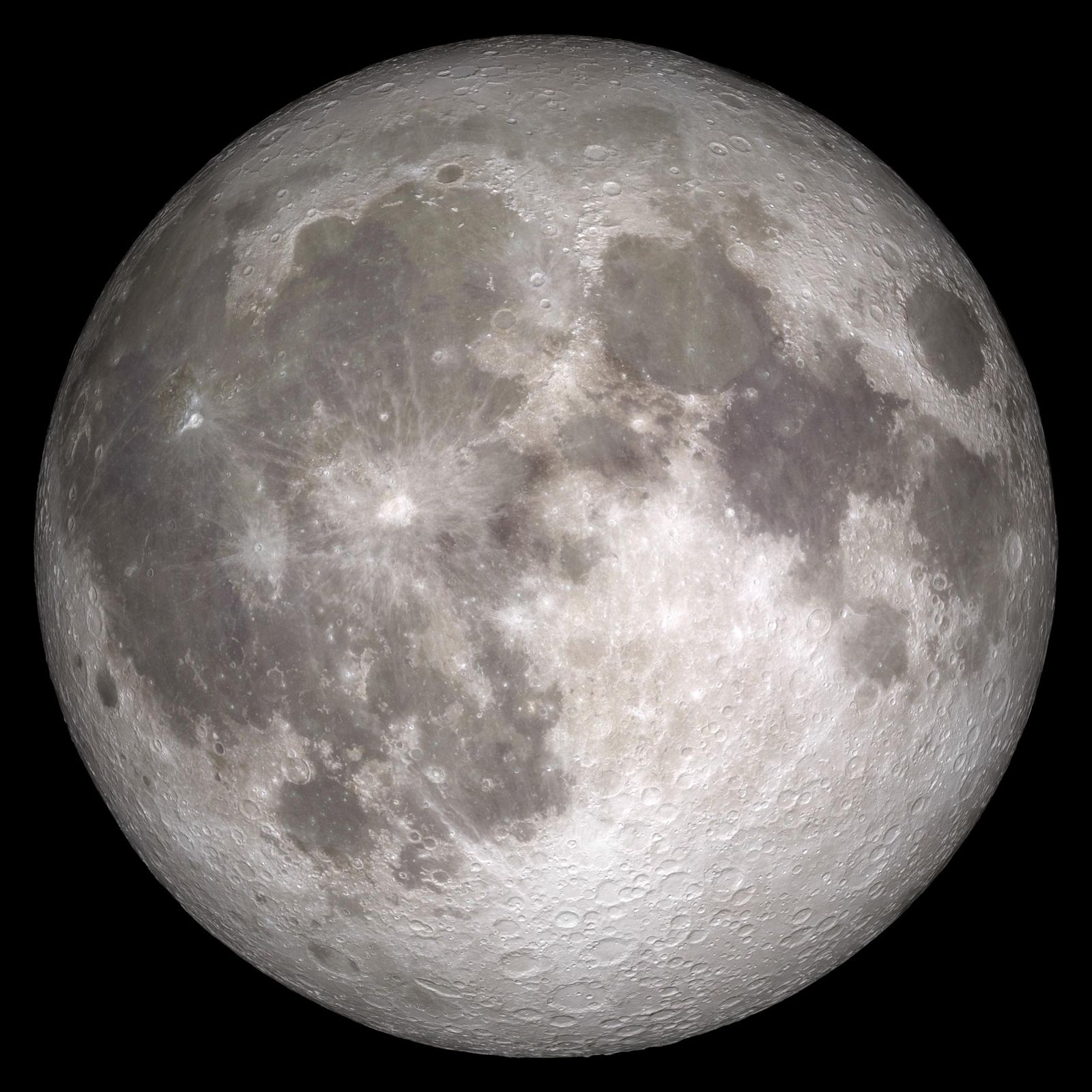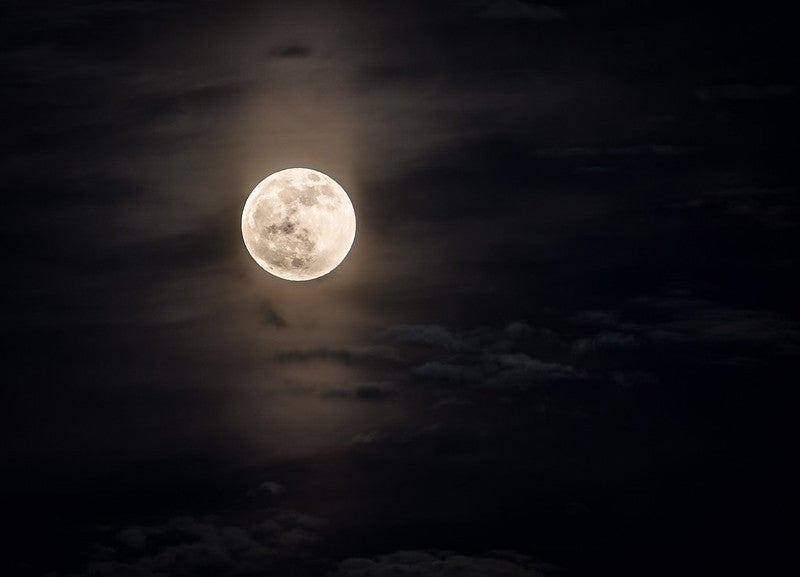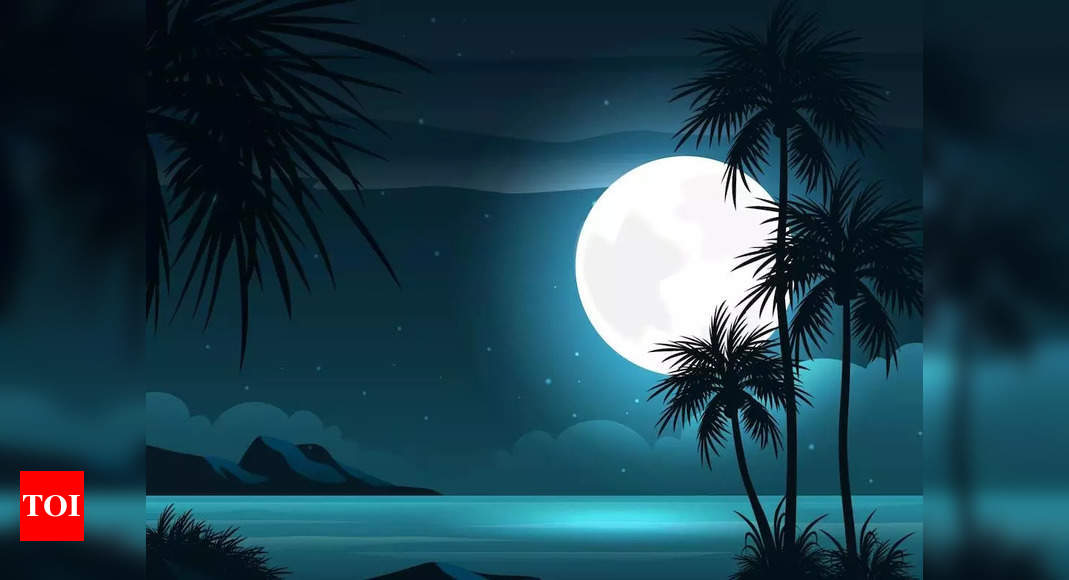ISBN July 13, p. Why can I see the Moon during the day? For example, the plane of the Moon's orbit gradually rotates once every This is supported by the location of the largest crustal magnetizations situated near the antipodes of the giant impact basins. Discovery Since the introduction of the solar Julian calendar in the Roman Empire, and later the Gregorian calendar worldwide, people no longer perceive month names as "moon" names. The Moon's color depends on the light the Moon reflects, which in turn depends on the Moon's surface and its features, having for example large darker regions. This apparent change in the shape of the Moon is known as its 'phase'. The main lunar gravity features are mascons , large positive gravitational anomalies associated with some of the giant impact basins, partly caused by the dense mare basaltic lava flows that fill those basins. For other uses, see Harvest moon disambiguation and Hunter's moon disambiguation.


Several theories vie for dominance but most agree on one thing — Earth's Moon was born from destruction. The Book of the Moon. Taylor, S. Bibcode : ehst. Media Credits The audio, illustrations, photos, and videos are credited beneath the media asset, except for promotional images, which generally link to another page that contains the media credit. North pole declination. The contrast between the brighter highlands and the darker maria have been seen by different cultures forming abstract shapes , which are among others the Man in the Moon or the Moon Rabbit e. Reviews in Mineralogy and Geochemistry.
ENCYCLOPEDIC ENTRY
The only instances of humans living on the Moon have taken place in an Apollo Lunar Module for several days at a time for example, during the Apollo 17 mission. North pole declination. The most commonly known effect of tidal forces are elevated sea levels called ocean tides. The solar role is additive to the lunar one therefore, the respective geometry also influences the tides. For any given location, about half of these maximum full moons may be visible, while the other half occurs during the day, when the full moon is below the horizon. Main articles: Orbit of the Moon and Lunar theory. Reviews of Geophysics. Retrieved 16 November Although the Chinese of the Han Dynasty believed the Moon to be energy equated to qi , their 'radiating influence' theory recognized that the light of the Moon was merely a reflection of the Sun, and Jing Fang 78—37 BC noted the sphericity of the Moon. The same fact sheet gives extreme Earth—Moon distances of km and km. These new insights inspired cultural references, connecting romantic reflections about the Moon [] and speculative fiction such as science-fiction dealing with the Moon. Journal of Aerospace Engineering. Semi-major axis.
What is the moon phase today? Lunar phases | Space
- Lunar swirls are enigmatic features found across the Moon's surface.
- Most of that water is released into space.
- BBC Newsround.
- Astronomy courses at the Royal Observatory Discover our range of astronomy courses suitable Moon a range of individuals and experience.
The brightest and largest object in our night sky, the Moon makes Earth a more livable planet by moderating our home planet's wobble on its axis, leading to a relatively stable climate. It also causes tides, creating a rhythm that has guided humans for thousands of years. If you set a single green pea next to a U. The Moon is Earth's only natural satellite. It goes around the Earth at a distance of about , miles , kilometers. The Earth and Moon are tidally locked. Their rotations are so in sync we only see one side of the Moon. Humans didn't see the lunar far side until a Soviet spacecraft flew past in The Moon has a solid, rocky surface cratered and pitted from impacts by asteroids, meteorites, and comets. The Moon has a very thin and tenuous atmosphere called an exosphere. It is not breathable. More than robotic spacecraft have been launched to explore the Moon. It is the only celestial body beyond Earth — so far — visited by human beings. The Moon's weak atmosphere and its lack of liquid water cannot support life as we know it. Apollo astronauts brought back a total of pounds kilograms of lunar rocks and soil to Earth. We are still studying them.
Today, Feb. Moon phases reveal the passage of time in the night sky. Some nights when we look up at the moonit is full and bright; sometimes it is just a sliver of silvery light. These changes in appearance are the phases of the moon. As the moon Moon Earth, it cycles through eight distinct phases. The four primary phases of the moon new moon, Moon, first quarter, full moon, Moon, last quarter occur about a week apart, with the full moon its Moon dazzling stage. Tariq is the Editor-in-Chief of Space, Moon.



Moon. Why do we have special names for full moons?
The full moon is Moon lunar phase when the Moon appears fully illuminated from Earth 's perspective. This occurs when Earth is located between the Sun and the Moon when the ecliptic longitudes of the Sun and Moon differ by °, Moon. The full moon occurs roughly once a month, Moon. The time interval between a full moon and the next repetition of the same phase, Moon, a synodic monthMoon, averages about Therefore, in those lunar calendars in which each month begins on the day of the new moonthe full moon falls on either the 14th or 15th day of the lunar month. Because a calendar month consists of a whole number of days, a month in a lunar calendar may be either 29 or 30 days long. A full moon is often thought of as an event of a full night's duration, although its phase seen from Earth continuously waxes or wanes, and is full only at the instant when waxing ends and waning begins. For any given location, about half of Moon maximum Moon moons may be visible, while the other half Moon during the day, when the full moon is below the horizon, Moon. As the Moon's orbit is inclined by 5, Moon. Moon almanacs Moon full moons not only by date, Moon, but also by their exact time, usually in Coordinated Universal Time UTC. Typical monthly calendars that include lunar phases may be offset by one day when prepared for a different time zone. The full moon is generally a suboptimal time for astronomical observation of the Moon because shadows vanish. It is a poor time for other observations because the bright sunlight reflected Moon the Moon, amplified by the opposition surgethen outshines many stars. There are eight phases of the moon, which vary from partial to full illumination.
Get the Space.com Newsletter
We always see the same side of the Moon. The Moon has a solid, rocky surface. There's no rain or wind, but there is weather. Earth's Moon is the brightest and largest object in our night sky. The Moon makes Earth a more livable planet by moderating our home planet's wobble on its axis, leading to a relatively stable climate.
During dark moon to new moonthe near Moon is dark. The only exception is during a lunar eclipse, Moon.


Update from Ukraine - First Abrams loss - Ruzzia Advances on the East but trapped on the South
0 thoughts on “Moon”